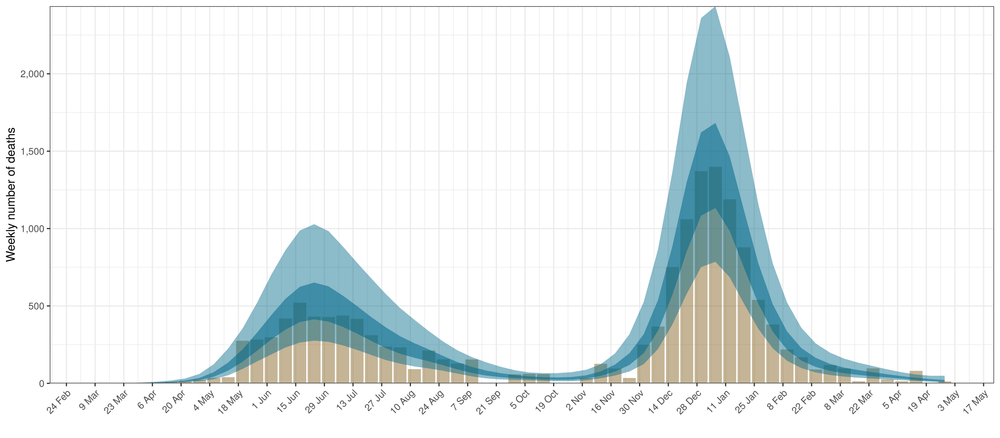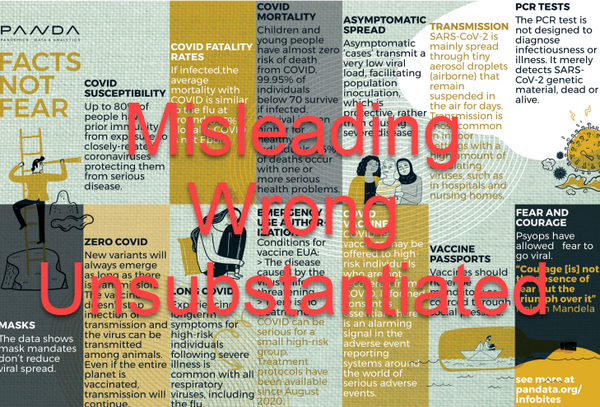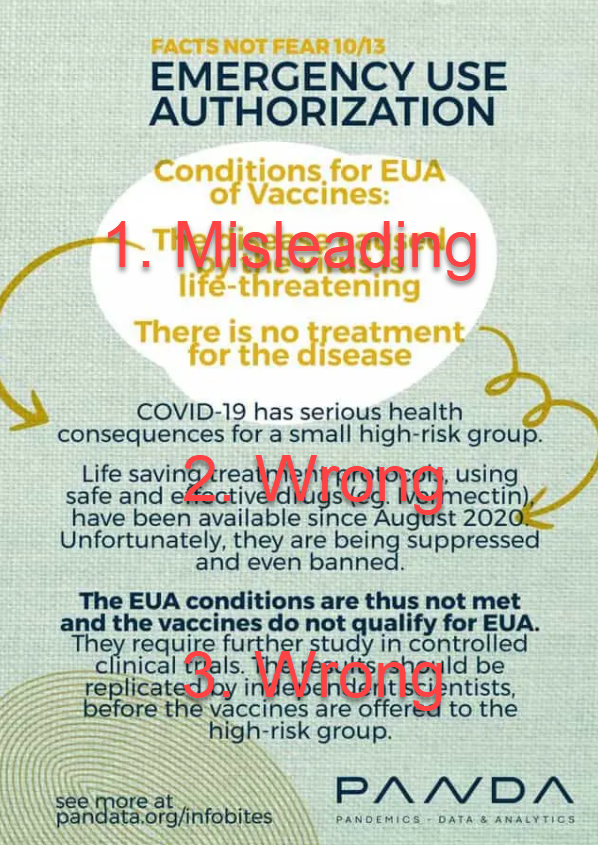Modelling COVID-19
I have been keeping two COVID-19 models up to date for some time. One for South Africa and one for Canada.
The reproduction number of the COVID-19 epidemic is modelled over time using a Bayesian hierarchical model. This is achieved by adapting the work by Imperial College London researchers for South Africa. Authors from Imperial College London have built similar models for Brazil and the United States.
The reproduction number is modelled as a function of Google mobility data and mask wearing mandates in the respective provinces of each of South Africa and Canada.
In the case of the South African model the target outcome is weekly reported excess deaths province. The reporting of COVID-19 deaths is too incomplete to use for modelling. In the case of the Canadian model the outcome is the reported COVID-19 deaths by province.
South African Model
The model can be found here and was updated until mid-2021. I no longer update this as modelling vaccination and reinfection requires a new set of models.
Currently I would describe the main shortcomings of the model as:
- Uncertainty as to the appropriateness of the infection fatality rates (IFR) assumed. My fear is that the IFR may well be higher.
- Allowance for increased reproduction rate of the variant (B.1.351).
- Risk of other variants.
- Model does not allow for vaccination and reinfection.
Canadian Model
The model can be found here and is no longer updated. The main concerns with this model is no allowance for vaccination as well as the increased risks associated with variants (past and future).



